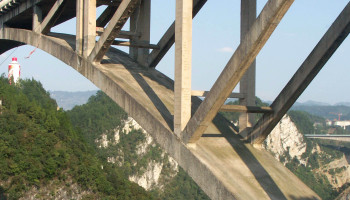Molonglo Gorge Crossing

The existing track through the Molonglo Gorge is one of the most difficult sections of the entire existing line. It is extremely tight, with radii as small as 240m limiting speed to 60km/h or less. For this reason, few previous proposals have considered an easterly exit from Canberra. While straightening …











